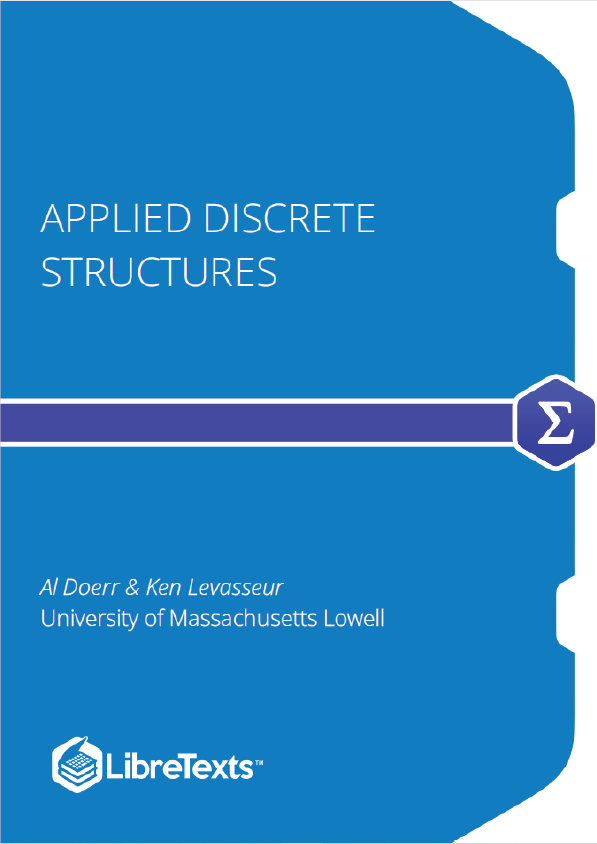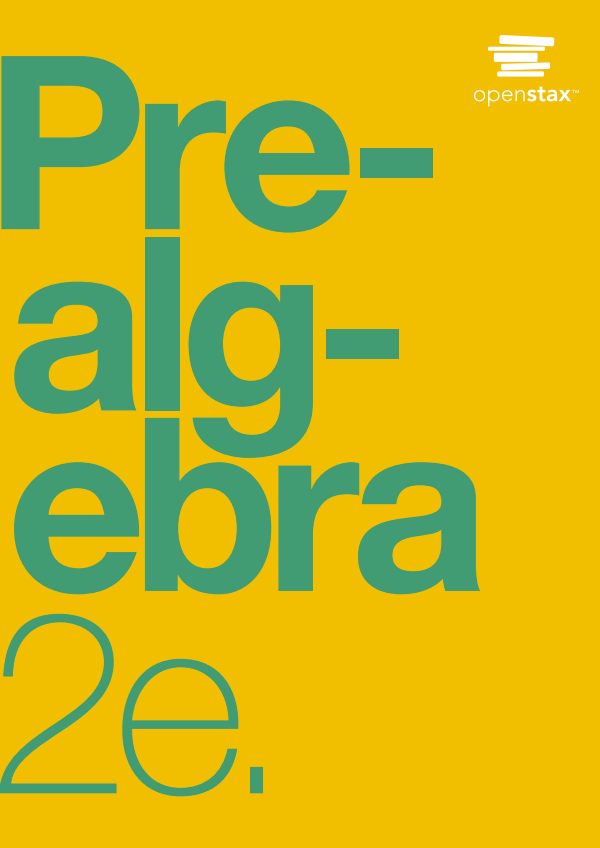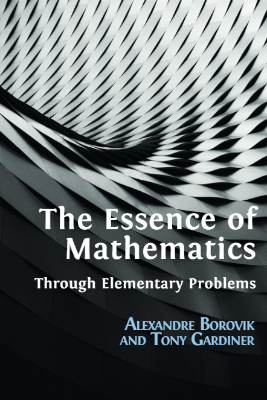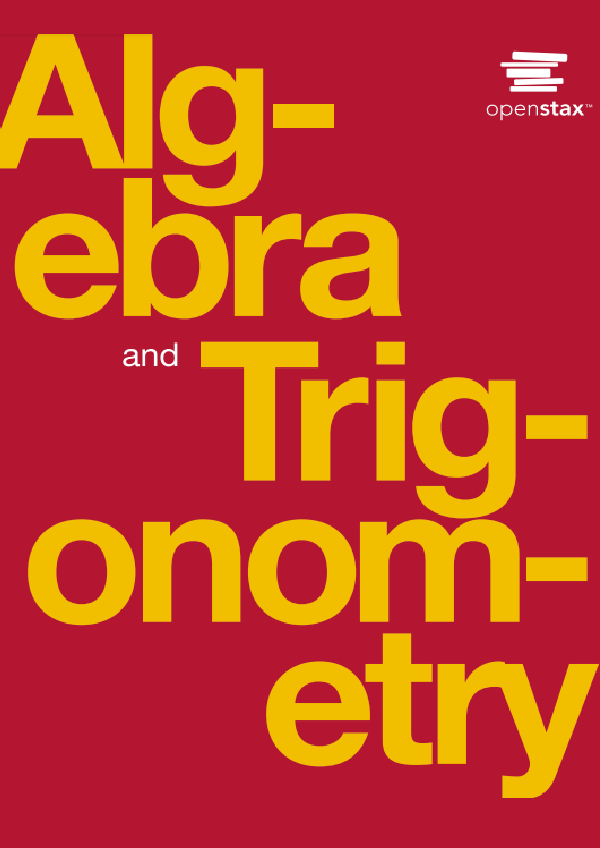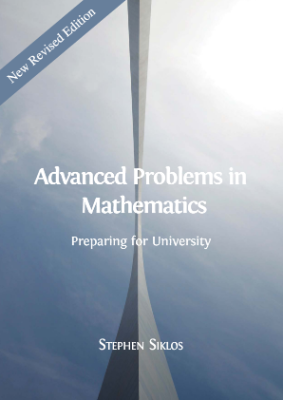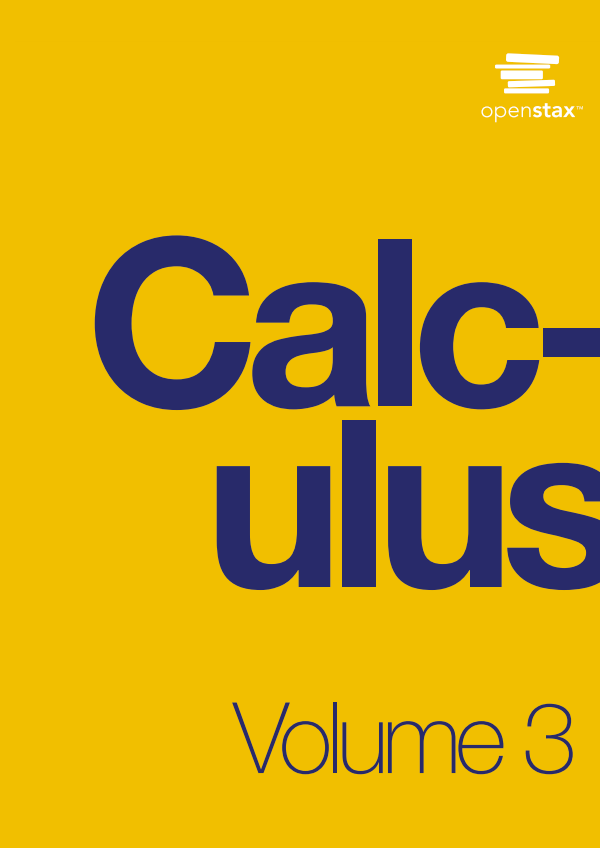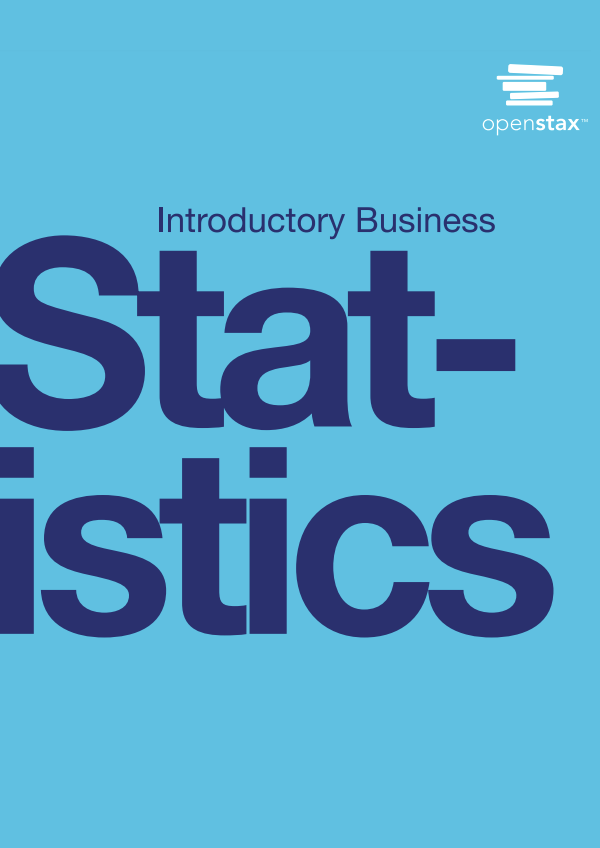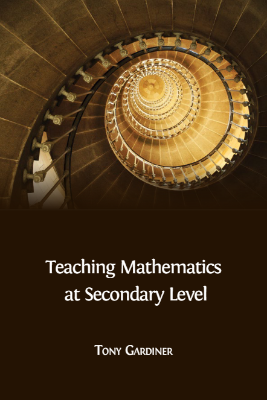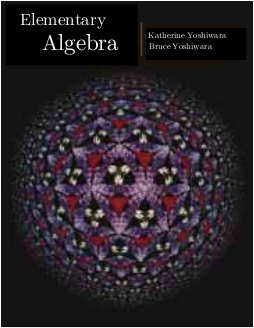Applied Discrete Structures is designed for use in a university course in discrete mathematics spanning up to two semesters. Its original design was for computer science majors to be introduced to the mathematical topics that are useful in computer science. It can also serve the same purpose for mathematics majors, providing a first exposure to many essential topics.
We begin this chapter with a brief description of discrete mathematics. We then cover some of the basic set language and notation that will be used throughout the text. Venn diagrams will be introduced in order to give the reader a clear picture of set operations. In addition, we will describe the binary representation of positive integers and introduce summation notation and its generalizations.
Set Notation and Relations
Notion of a Set
The term set is intuitively understood by most people to mean a collection of objects that are called elements (of the set). This concept is the starting point on which we will build more complex ideas, much as in geometry where the concepts of point and line are left undefined. Because a set is such a simple notion, you may be surprised to learn that it is one of the most difficult concepts for mathematicians to define to their own liking. For example, the description above is not a proper definition because it requires the definition of a collection. (How would you define “collection”?) Even deeper problems arise when you consider the possibility that a set could contain itself. Although these problems are of real concern to some mathematicians, they will not be of any concern to us. Our first concern will be how to describe a set; that is, how do we most conveniently describe a set and the elements that are in it? If we are going to discuss a set for any length of time, we usually give it a name in the form of a capital letter (or occasionally some other symbol).
Binary Representation of Positive Integers
The notation that we will use to describe this algorithm and all others is called pseudocode, an informal variation of the instructions that are commonly used in many computer languages. Read the following description carefully, comparing it with the informal description above. Appendix B, which contains a general discussion of the components of the algorithms in this book, should clear up any lingering questions. Anything after // are comments.
